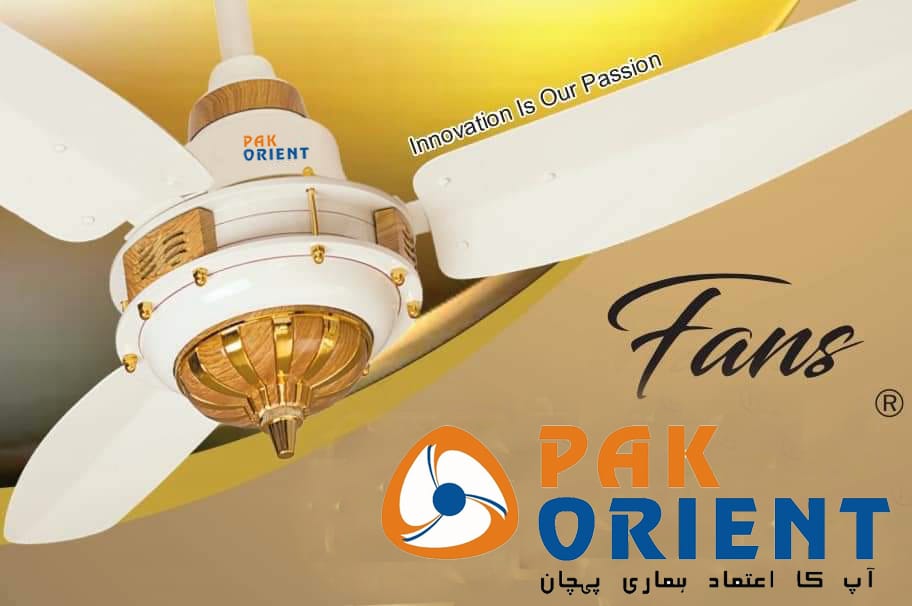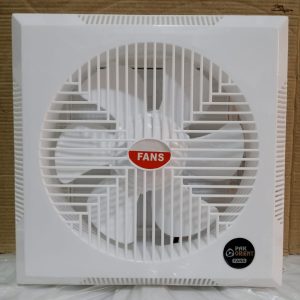Description
A ceiling fan is a practical and essential fixture found in homes, offices, and commercial spaces around the world. It serves the fundamental purpose of providing air circulation and maintaining comfortable temperatures. Here’s a detailed description of the typical features and functionality of a ceiling fan:
Mounting: Ceiling fans are mounted on the ceiling using a sturdy bracket or mounting system. This positioning allows them to efficiently circulate air throughout the room without taking up valuable floor space.
Blades: The fan blades, usually constructed from materials such as wood, metal, or plastic, are attached to a central motor housing. The number of blades can vary, commonly ranging from three to five. The blades are angled to create airflow, producing a gentle breeze that helps cool occupants during hot weather.
Motor: The motor is the core component of the ceiling fan, housed within the fan body or motor housing. It drives the rotation of the blades, generating airflow and facilitating air circulation. High-quality ceiling fans are equipped with durable, efficient motors that ensure reliable performance and longevity.
Speed Settings: Most ceiling fans offer multiple speed settings, allowing users to adjust the fan’s airflow intensity according to their comfort preferences and environmental conditions. Speed settings typically range from low for gentle airflow to high for maximum cooling effect.
Direction Control: Many ceiling fans feature a reversible motor, enabling users to change the direction of the fan blades’ rotation. In the summer months, the fan blades rotate counterclockwise to create a cooling breeze. In the winter, reversing the direction to clockwise helps circulate warm air trapped near the ceiling, enhancing heating efficiency.
Light Fixture: Some ceiling fans include integrated light fixtures, providing both illumination and airflow in a single unit. These fixtures may accommodate various types of bulbs, including incandescent, fluorescent, or LED bulbs, offering customizable lighting options to suit different preferences.
Control Options: Ceiling fans can be operated using a variety of control options, including pull chains, wall-mounted switches, remote controls, or smart home integration. These control methods allow users to adjust fan speed, direction, and lighting conveniently and efficiently.
Design and Aesthetics: Ceiling fans come in a wide range of designs, finishes, and styles to complement diverse interior décor schemes. Whether classic, contemporary, rustic, or modern, there’s a ceiling fan design to suit every taste and enhance the aesthetic appeal of any room.
Quiet Operation: Well-designed ceiling fans operate quietly, providing efficient air circulation without creating disruptive noise. This silent performance ensures a peaceful and comfortable environment, making ceiling fans suitable for use in bedrooms, living rooms, and other relaxation spaces.
Energy Efficiency: Energy-efficient ceiling fans help reduce energy consumption and lower utility costs, particularly when used in conjunction with heating and cooling systems. Look for fans with the ENERGY STAR® certification, which indicates superior energy efficiency and performance.
In summary, the ceiling fan is a versatile and indispensable fixture that enhances indoor comfort, promotes air circulation, and adds aesthetic appeal to any space. Its efficient operation, customizable features, and timeless design make it a popular choice for achieving optimal comfort and functionality in homes and commercial environments alike.



















Reviews
There are no reviews yet.